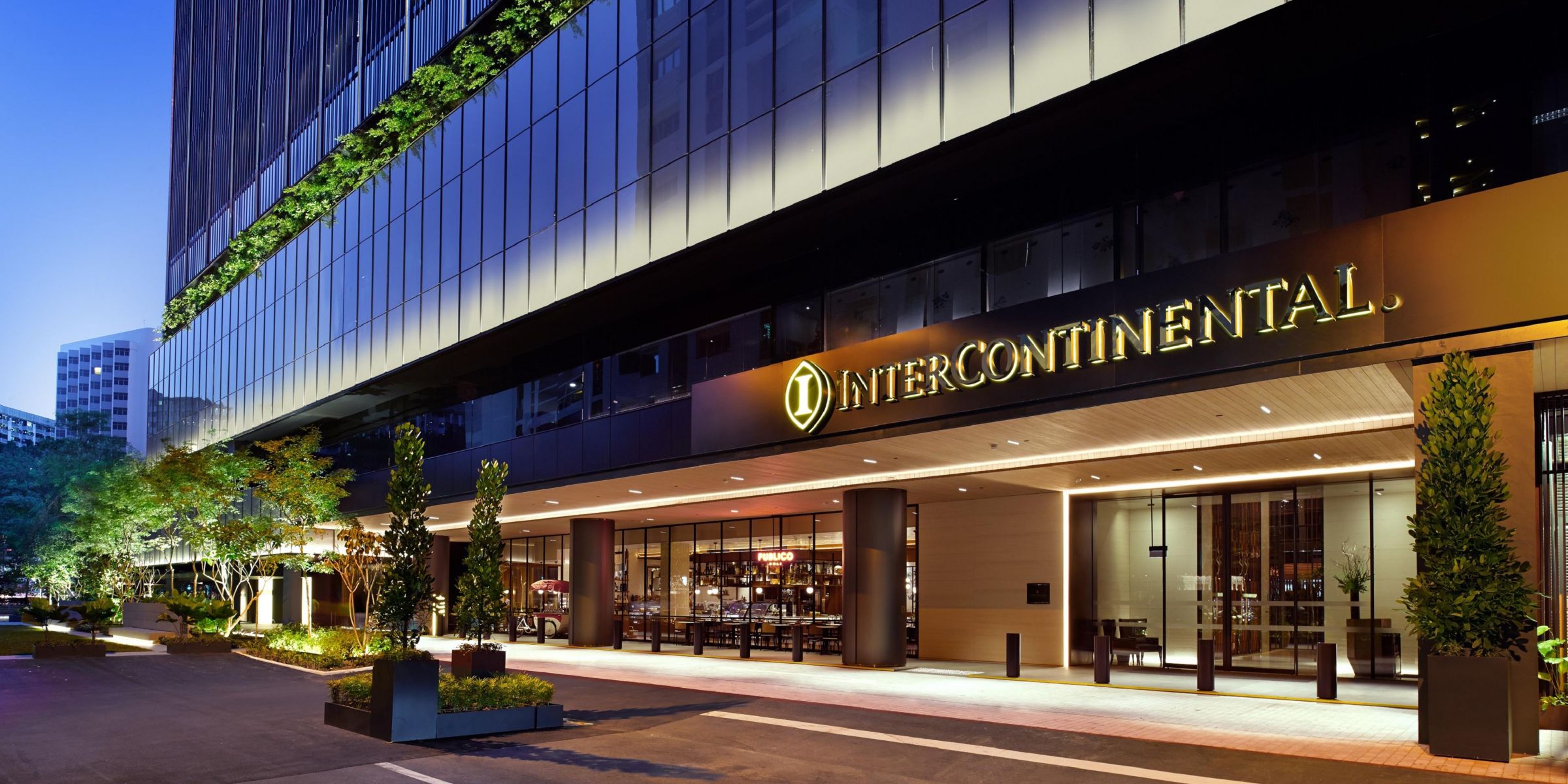**Congratulation to myself for reaching post 50!!
6.Moolahsense(My sixth campaign with Moolahsense)
Note*the company name will not be revealed just like the previous post as my money are still inside moolahsense(this is not a sponsored post by the way)
Issuer summary
Date of listing: Jan 2018
Amount:$100
Tenor:12 months
Repayment type: Callable
Quoting from the SGYoungInvestment
- Callable: In a Callable note, an issuer has an option to early redeem the note on a quarterly basis. If the note is not early redeemed, the issuer pays a quarterly interest. The principal will be fully repaid on the quarter that the redemption is early called or at the maturity date.
Assume that you invested $10k in a campaign at a final note rate of 13.5% p.a. in a Callable note.(Below is a very useful illustration)
Repayment term: Quarterly
- Repayment term: Every 3 months
Target interest rate:8%P.A
Quoting from Moolahsense website
- Target interest rate: The maximum rate the issuer is willing to provide the interest on the principal subscription amount which the issuer wished to obtain, as notified in writing by the issue to Moolahsese
Purpose: Working capital
Quote from valuepenguin:
https://www.valuepenguin.sg/what-is-working-capital
- Working capital: It is a concept to describe a business ability to cover its short-term operating costs
- E.g For this campaign, I have funded $100 into it(which is the amount I actually funded, and the first campaign I funded when moolahsense change their minimum amount to invest from $500 to $100)
- As the target interest rate is 8%, this means that at the end of the tenor, which is 12 month I will expect to receive $108
- 100%=$108
- 8%(Interest for 12 month/1 years)=$8
- 108%(The Principal + the interest for 12 months)=$100+$8
- However, a callable note will only pay the interest and you can redeem (principal) anytime,or you can simply just wait until the end of the tenor to get back the (principal)
- Do note that interest is automatically credit to your moolahsense account holdings
Summary company profile
- The issuer is a company incorporated in 2011
- The Issuer is in the metal and minerals wholesale industry and has around 10 employees.
- The Issuer supplies three main categories of products: (a) base metals and metal alloys (including lead,copper, aluminium, and steel), (b) scrap metal (including copper, aluminium, steel, brass and zinc scrap), and (c) minerals and concentrates (including coal, iron ore, and copper concentrates and blisters).
- The Issuer is headquartered in Singapore and has affiliated offices in Hong Kong, Thailand, Indonesia, Duba, and England.
Detail of purpose
- In anticipation of an increase in demand and business volume, the Issuer seeks funds to finance the purchase of additional goods for sale to its customers.
Financial statement
Will only reveal a part of the financial statement due to confidentiality. As I have mentioned a few weeks ago in my
post, that I only mainly use this three ratio: current ratio, quick ratio and debt to equity ratio to decide in investing in a campaign, hence I will be showing its ratio below
The ratio is as follow
(left side of the column is for the year 2016/right side of the column is for the year 2015)
Year 2016/Year 2015
(Current ratio 2016:3.29),(Current ratio 2015:1.57)
- A simple ratio of current asset divide by current liabilities
- Current liabilities are debt that needs to clear in the short term(in a year)
- If a company has a current ratio less then 1.0, do not invest in it
- If a company has a current ratio more then 2.0, May consider investing in it
- The higher the current ratio, the better
- For the current ratio of 2015:1.57, it is out of the recommended range(>2.0)
- For the current ratio of 2016:3.29, it is higher than the recommended range(>2.0)
(Quick ratio 2016:3.29),(Quick ratio 2015:1.57)
- The quick ratio is almost similar to current ratio except that it is assumed that the company does not sell its inventories(e.g Toyota inventory is its car) or stock, it is still able to fulfill its debt
- If the company has a quick ratio of 0.75 and below, do not invest in it
- If the company has a quick ratio of 1.25 and above, May consider investing in it
- The higher the quick ratio the better
- For the quick ratio of 2015:1.57, it is higher than the recommended range(>1.25)
- For the quick ratio of 2016:3.29, it is higher than the recommended range(>1.25)
(Total liabilities/equity 2016:0.47),(Total liabilities/equity 2015:2.03)
- The debt ratio is calculated by total liabilities divided by the equity
- If the company has a debt ratio of 1.5 and above, do not invest in it
- The company should essentially have a debt ratio of 1.0, if the debt ratio is below 0.75, do consider investing in it
- The lower the debt to equity ratio the better
- For the Total liabilities/equity of 2015:2.03, it is out of the recommended range(<0.75)
- For the Total liabilities/equity of 2016:0.47, it is in the recommended range(<0.75)
Why did I invest in this loan?
- The current ratio 2015(1.57) and total liabilities/equity 2015(2.03) is out of the recommended range of >2.0 and <0 75
- However the current ratio 2016 (3.29),quick ratio 2016(3.29) and,total liabilities/equity 2016(0.47) is in the recommended range of <0.75, as the financial statement ratio met all of the above-recommended ratios, I invested in the campaign
- The increase in current ratio and quick ratio ,and decrease in total liabilities/equity from 2015 to 2016 show that the company is profiting well and paying off their debt
- The loan is about halfway through so far
As this is a callable note, that is different from the usual equal installment, the company will pay out an interest every month and you can redraw your principal anytime, or you can simply just collect interest until the end of the campaign
$100(the amount I put in this campaign=100%
$108=(100/100)*108=108%
108%-100%=8%
About 8% earned, and about 1% goes into moolahsense servicing fee hence,
Total net payment=$100.98+$0.98+$0.98+$0.98=$106.92
$100=100%
$106.92=106.92%
106.92-100=6.92%
Total 6.92% earn from this campaign, pretty good interest I must say!
that's all for this campaign, about halfway through all my moolahsense campaign!






































